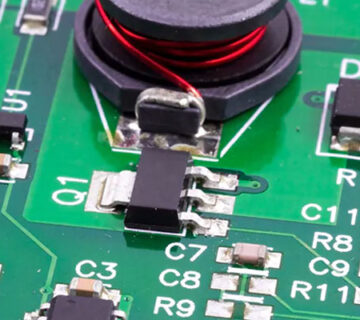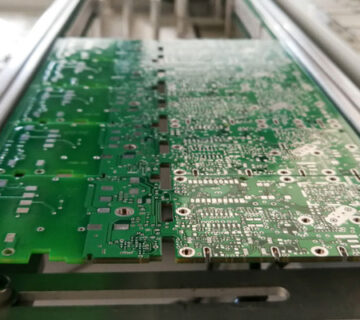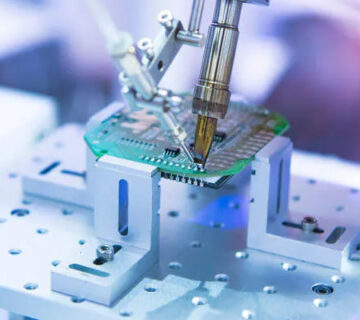With the immense dependence seen on electrical and electronic appliances today, and with every such appliance becoming smaller than its general size, there is an increasing need for small and smart circuit boards too that can hold together a multitude of elements compatibly into a tiny space. In addition, people are also getting very impatient with the lack of time they have. Thus, they demand every appliance to work at the fastest possible speed, not having them to wait for even a second. With such flash-like demands, PCBs also need to be high-speed ones. And, all of this combined, it becomes even more challenging to build such complicated, complex, tiny, and high-speed PCBs that are also high on performance. Thus, it becomes crucial to pay complete focused attention to manufacturing such PCBs. Listed below are some of the most important factors to consider when building a PCB assembly from India.
What are high-speed PCBs?
First and foremost, it is important to understand what exactly high-speed PCBs are. PCBs that are designed and optimized to retain signal integrity even with the fastest changing signals are known as high-speed PCBs. Such high-speed PCBs are built with high-grade materials, and tight fiber inter-winding, having high tolerances and controlled impedance. Also, to meet the demands of small areas, high-speed PCBs use small component packages instead of larger ones.
What challenges are faced with high-speed PCBs?
Now with so much to be put into designing and considering, and the complexity of such PCBs, it is obvious that there may be some or the other challenges to face while manufacturing such devices. Listed below are some of them.
- High-speed materials – To cope up with high speeds, there are only certain unique materials that can make it possible if the signals get too fast. Some of the best choices are polyamide, PTFE, and enhanced FR4.
- Layer stackup – Another big consideration is that of the layers. One needs to know where to have a thick prepreg layer, where to have power planes, where to have ground planes, and where to have the separation between the sheets. All these elements affect signal integrity.
- Tolerances – Even the slightest changes in PCB characteristics can affect signal behaviour, which is why it is important that the PCB has the right tolerances. These include controlled impedance traces, board stackup, capacitance, and overall length and width.
- Board to board interconnections – There needs to be a proper interconnect between multiple high-speed boards, when they need to be connected, so that high-speed signals can be properly transmitted, and signal losses can be minimized.
How to design high-speed PCBs?
After all the above challenges have been solved, only then can an effective and efficient high-speed PCB be designed. But, other than understanding and resolving the above challenges, there are many other designing skills that one must have.
- Using appropriate design software – High-speed PCBs require an advanced designing software that has sophisticated CAD features. To design appropriate high-speed PCBs, one must have knowledge about and access to such software.
- Routing – The proper rules for necessary routing must be followed, which includes things like not cutting ground planes, keeping trails short, not keeping digital lines too close, and shielding any interference-producing elements.
- Length matching traces – High-speed applications operate at very high frequencies, which makes it important that the signals arrive from the sending end to the receiving end at the same. This requires length matching, wherein most common standards define tolerance values that must match the length.
- Loop area – High-frequency signals cause lots of EMI and EMC issues, to minimize which basic rules need to be followed, like having continuous ground planes and reducing loop areas by optimizing current return paths for traces, and putting in lots of stitching vias.
Other considerations that need to be measured include signal reflections, signal ringing, signal timing, etc. All of this can only be understood and determined by professional PCB manufacturers. When manufacturing of your PCB assembly from India is in the hands of such professionals, like Miracle Electronics, there is nothing to worry about. Here, you can get all kinds of PCB assembly from India manufactured in any quantity that you want, whether it is prototyping or standard production volumes.




